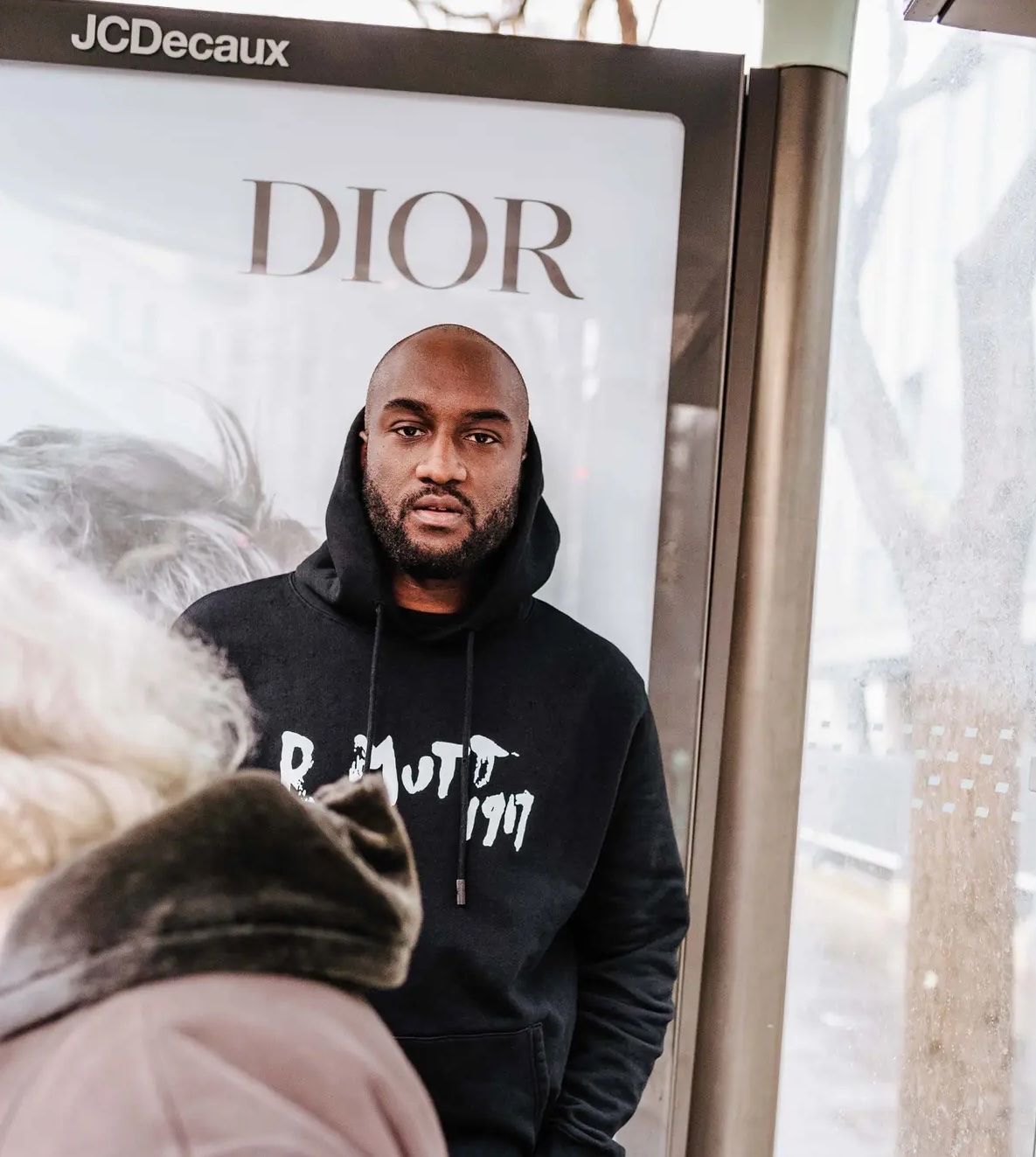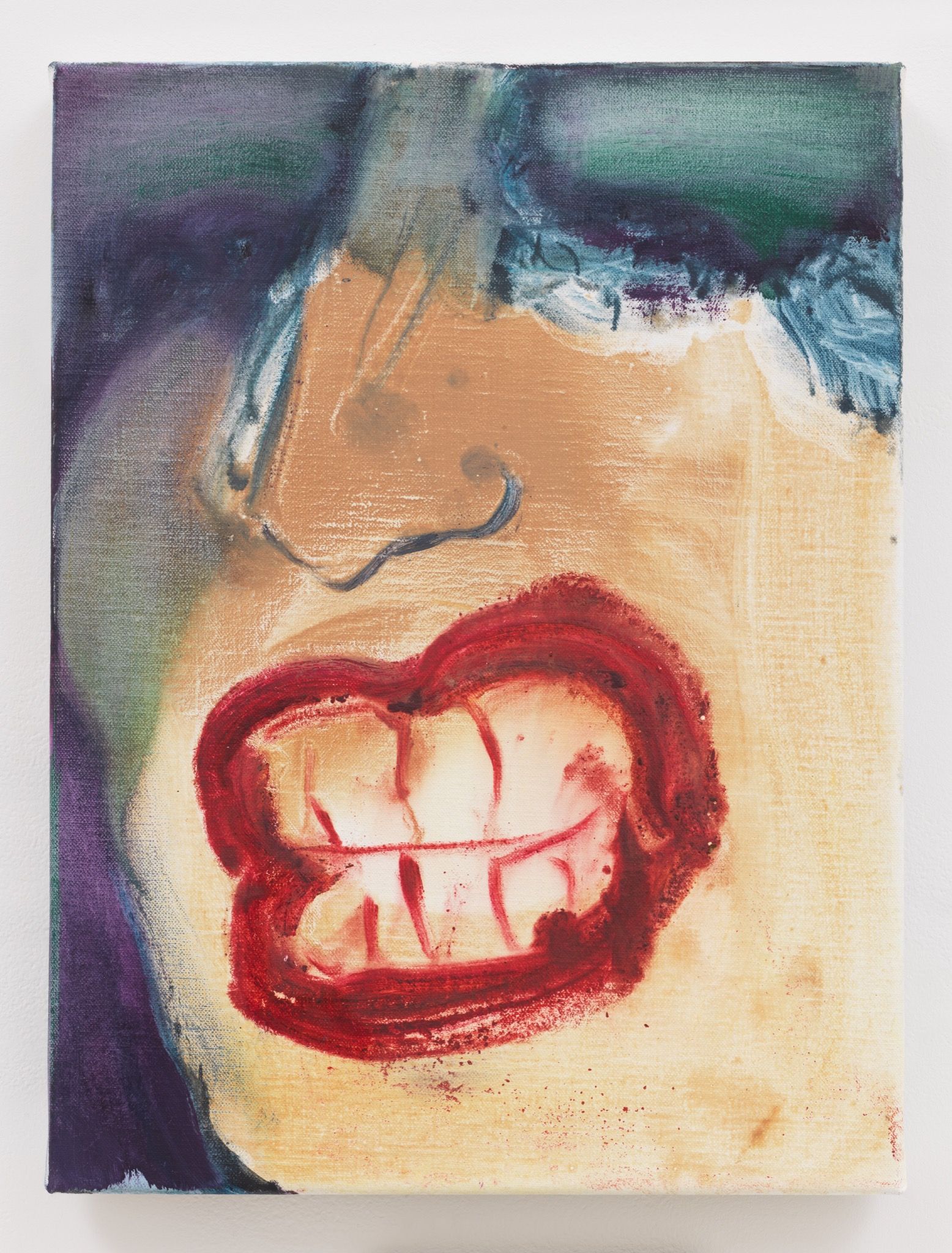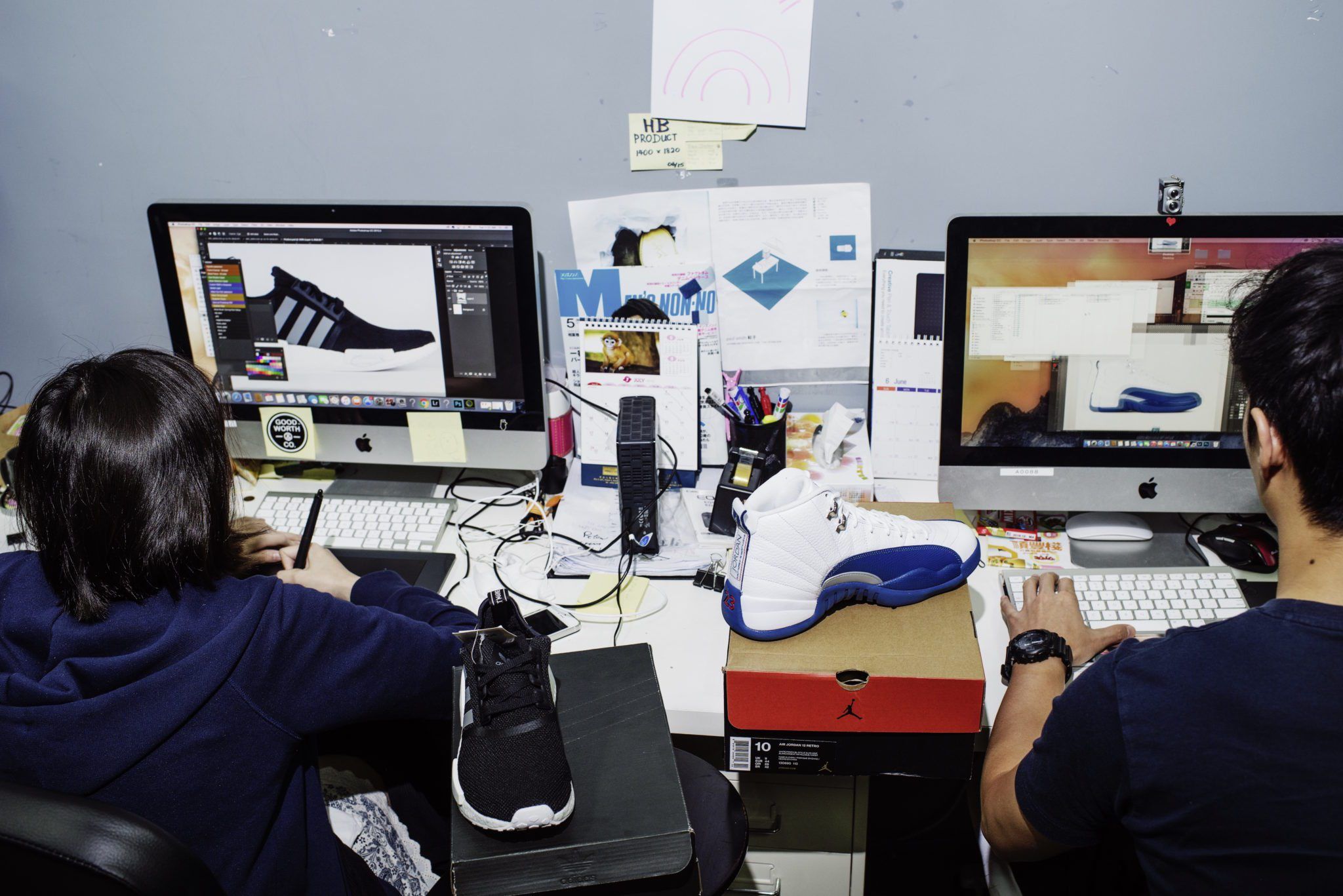“And You Shall Find”: YEEZY Alum Launches New Label SEEKINGS After a Years-Long Quest for Denim Perfection
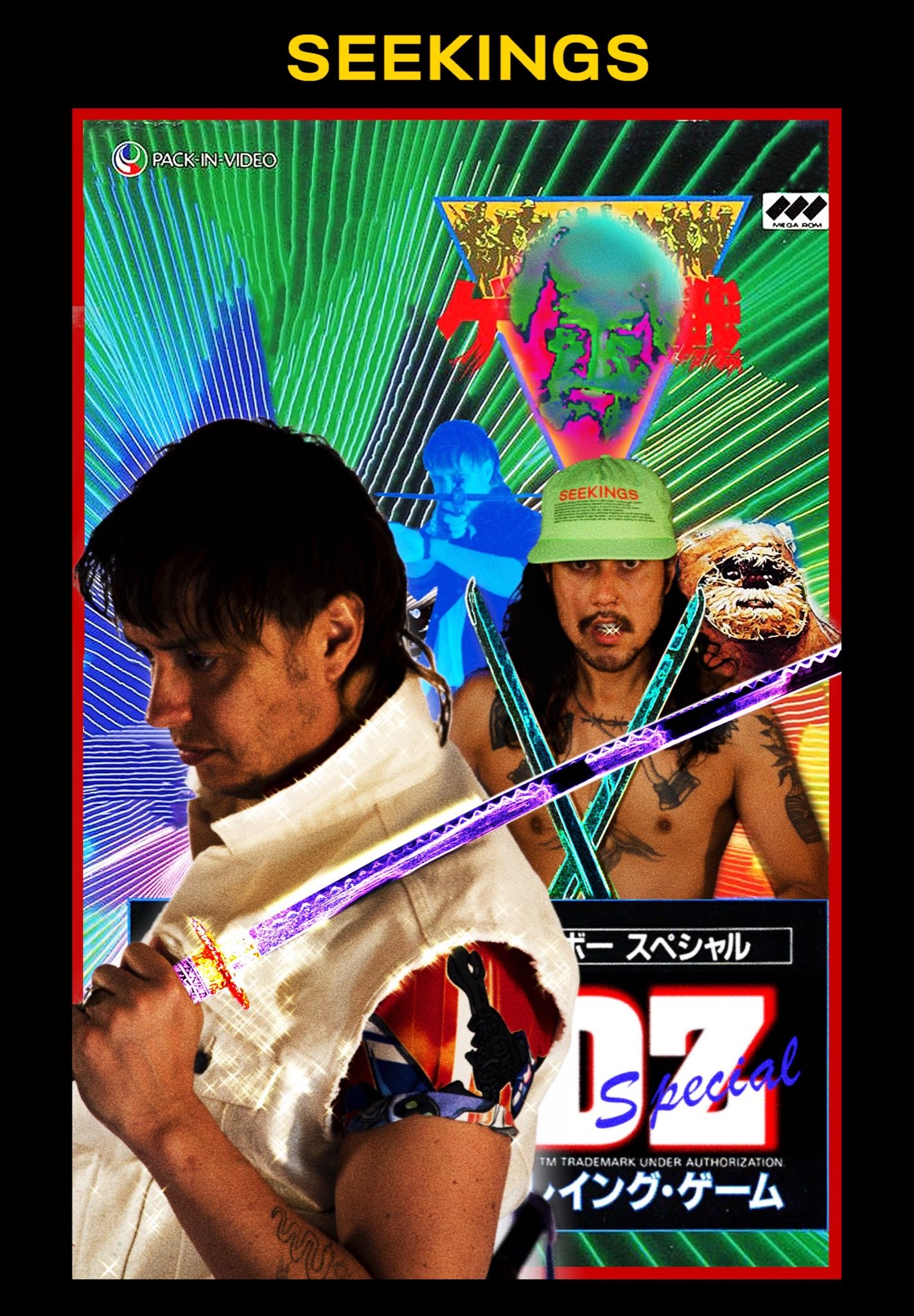
Interview: Andrew Pasquier
Mark Seekings has been on a decade-long mission to find the perfect pair of jeans. Back in the early 2010s, he was working retail at Dior Homme in New York when Kanye West walked through the door. The two became friends, and Seekings became an art director with Yeezy. Never satisfied with the jeans he found, he started to experiment with making his own. Now, one pandemic and hundreds of samples later, SEEKINGS officially launches this week with a sharp collection of premium Japanese denim and outerwear, alongside cut and sew t-shirts, hoodies, and hats featuring original artwork from artist B. Thom Stevenson.
When we spoke, Seekings was surprisingly calm for someone about to launch a brand. There was a good reason for his poise: he’s an obsessive master of detail. Everything – from the colorways to the denim washes – has gone through a meticulous, deeply personal design process. “I live the brand” he says, and he means that literally – he’s been wearing the collection every day for the past year while perfecting it.
The Los Angeles-based label’s first campaign – debuting here on 032c and available now at SEEKINGS.CO – exemplifies the designer’s self-referential, experimental creative approach. The campaign, shot by Johann Rashid, is a collaboration with The Voidz, a band Seekings calls “one of the most important musical acts of our time.” The art is classic, a bit punk, and full of personality – just like the brand. In contrast to the fast-fashion logic of hype, SEEKINGS is built upon authenticity, connection, and longevity.
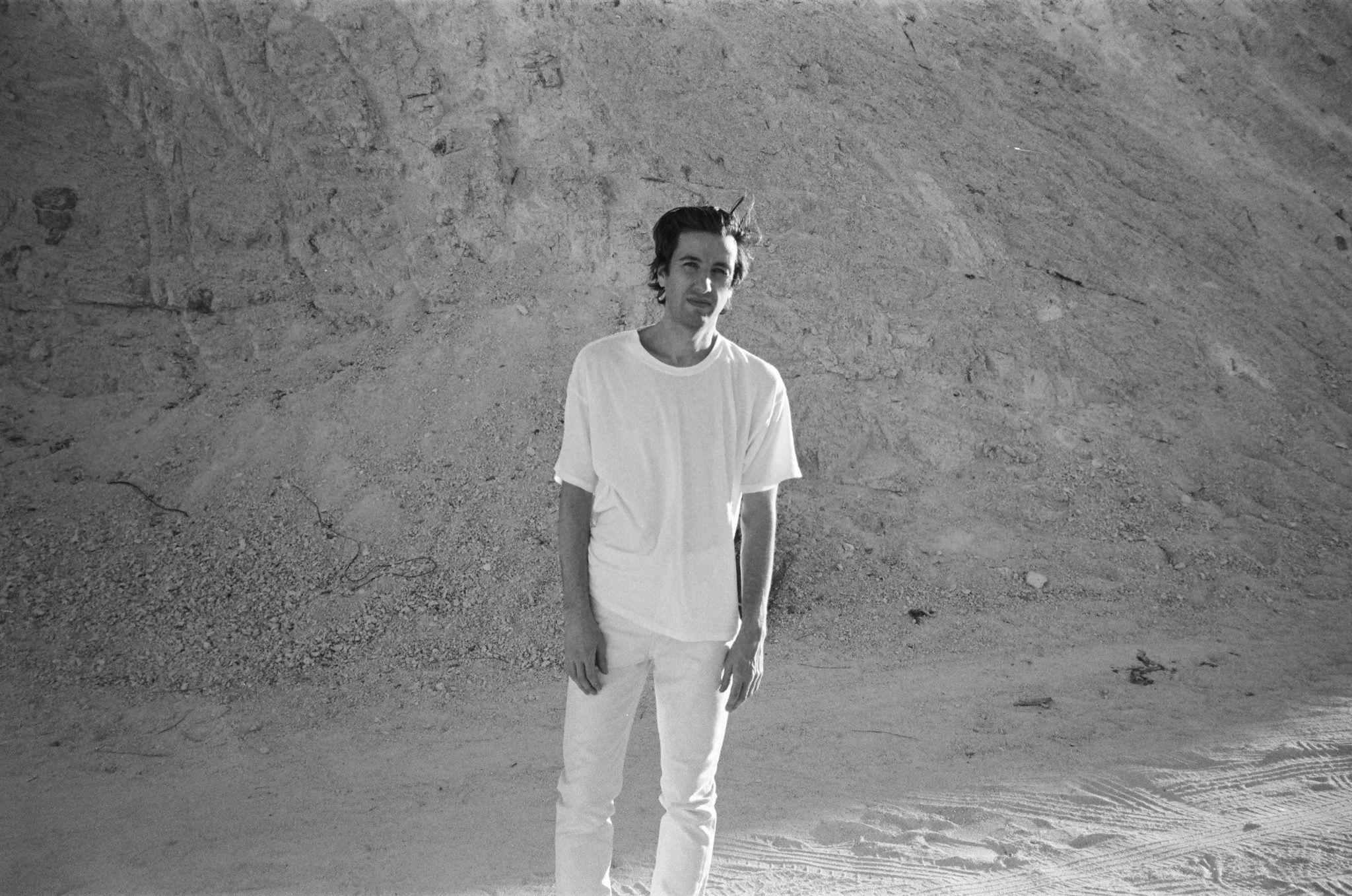
What inspired you to start SEEKINGS?
There wasn’t a plan to build a brand, initially – it was a personal project. It started with a desire to make the perfect pair of jeans.
I’ve been looking for that perfect pair for more than a decade – even before I started working for Kanye – but I would always find issues with little things: “Oh, the pocket bag isn’t deep enough,” or “the rise is too low.” “I don’t want stretch denim, it washes strange.” I always wanted to take a stab at personally solving the problems. I knew 10 years ago that if I ever made denim, it would be Japan or nothing. Fast forward to July 2019, and I was working with a Japanese factory and looking at fabrics to design my perfect pair.
Why the obsession with Japanese Denim?
A lot of the research that went into building this brand came from being a consumer first and understanding product needs at a ground level from my time working retail at Dior. From construction to fabrics, “Made in Japan” always meant production at the highest standard of quality. I also knew if I did denim in a washed blue it would need to look authentic. To me, that also means Japan. They’ve perfected replicating vintage fades and wear patterns by distressing each pair by hand to a meticulous level. I spent more than a year perfecting the wash detailing of the blue denim with the factory.
You’ve kept the line secret until now.
Everything had to be right and to my standards before I announced anything. With the rollout, I know it’s risky to announce and release a new brand with a two-week runway, but this is how I wanted to do this from the beginning. Launching with the highest quality product out of nowhere. When people receive this product, I want them to feel they have something that’s really well thought-out – and to know that no corners were cut. I’ve practically lived in this stuff for the past year, wearing it as I made adjustments to so many rounds of samples – too many to count.
It was a hard secret to keep, but I didn’t want to preview anything to customers or even other players in the industry until I got the products right. For the pieces made in the US – the non-denim items – we even set up a fake LLC, so when people would see samples sitting on a rack at our LA-based producer, there would be this goofy name instead of mine. I don’t have a million followers on Instagram, but people in the industry do know my name.
“There was no mood board for SEEKINGS – it was always about the product first.”
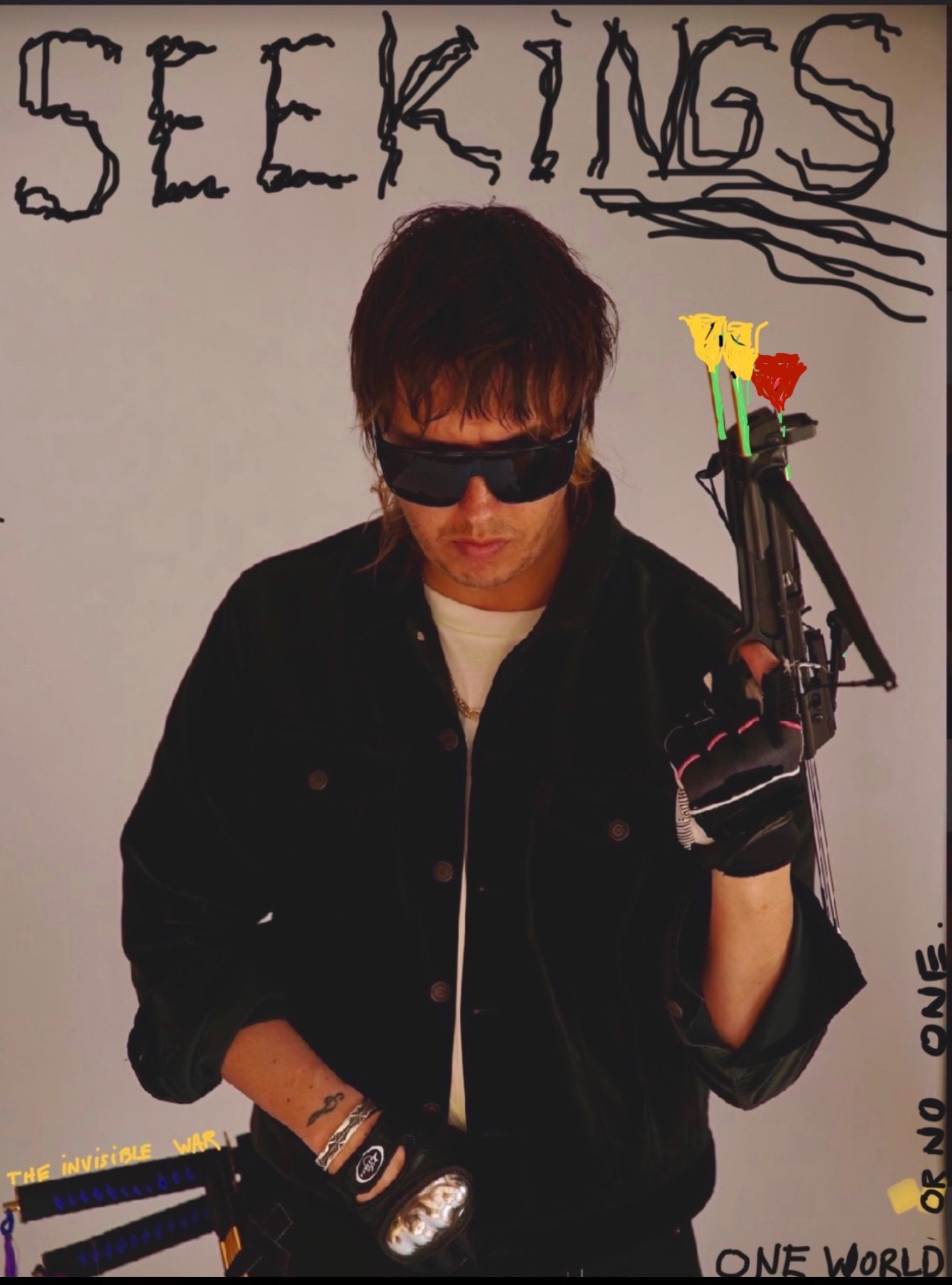
With 032c, the community we had around the magazine built up and inspired us to make a brand. What type of community do you want to cultivate around SEEKINGS?
There was no mood board for SEEKINGS – it was always about the product first. If you build a top-quality product that is undeniably great and fills a real need, your customers will find you.
Authenticity seems to be a core element of SEEKINGS, reflected both in your design process and the careful way you’re launching the brand.
People say that authenticity always wins. What I’ve been feeling lately with SEEKINGS is that authenticity certainly is the right approach. There are two parts of me: the side that’s very classic, precise, meticulous, and detail-oriented, and with SEEKINGS, you can see that reflected in the logo and the product – in the details, the execution, and the quality. There’s also a side to e that’s very DIY, punk rock, “no rules” – and there’s very much a “come fucking try to stop me” energy surrounding all of this. All of the imagery, and the graphics with B. Thom Stevenson, reflect this. You see it in this rollout. I’m firing from the hip unplanned, but it’s all very me.
Jeans are the quintessential product where quality and authenticity matter, so it makes sense to start there. It’s a clothing item that just has to work.
Exactly, but this level of detail doesn’t stop at the denim. I went through probably 30 samples of different t-shirt washes to get to exactly the color and hand-feel I wanted.
The California Red used on one of our hoodies is deeply personal. It’s a red I recall from childhood, and I’ve been chasing it for 25 years. I called my mom when we were developing these colors and had her dig through old storage bins to find this specific kids’ book. When she found it and sent me photos, I sent them straight to my dye house to pull Pantones and match the same red from this book.
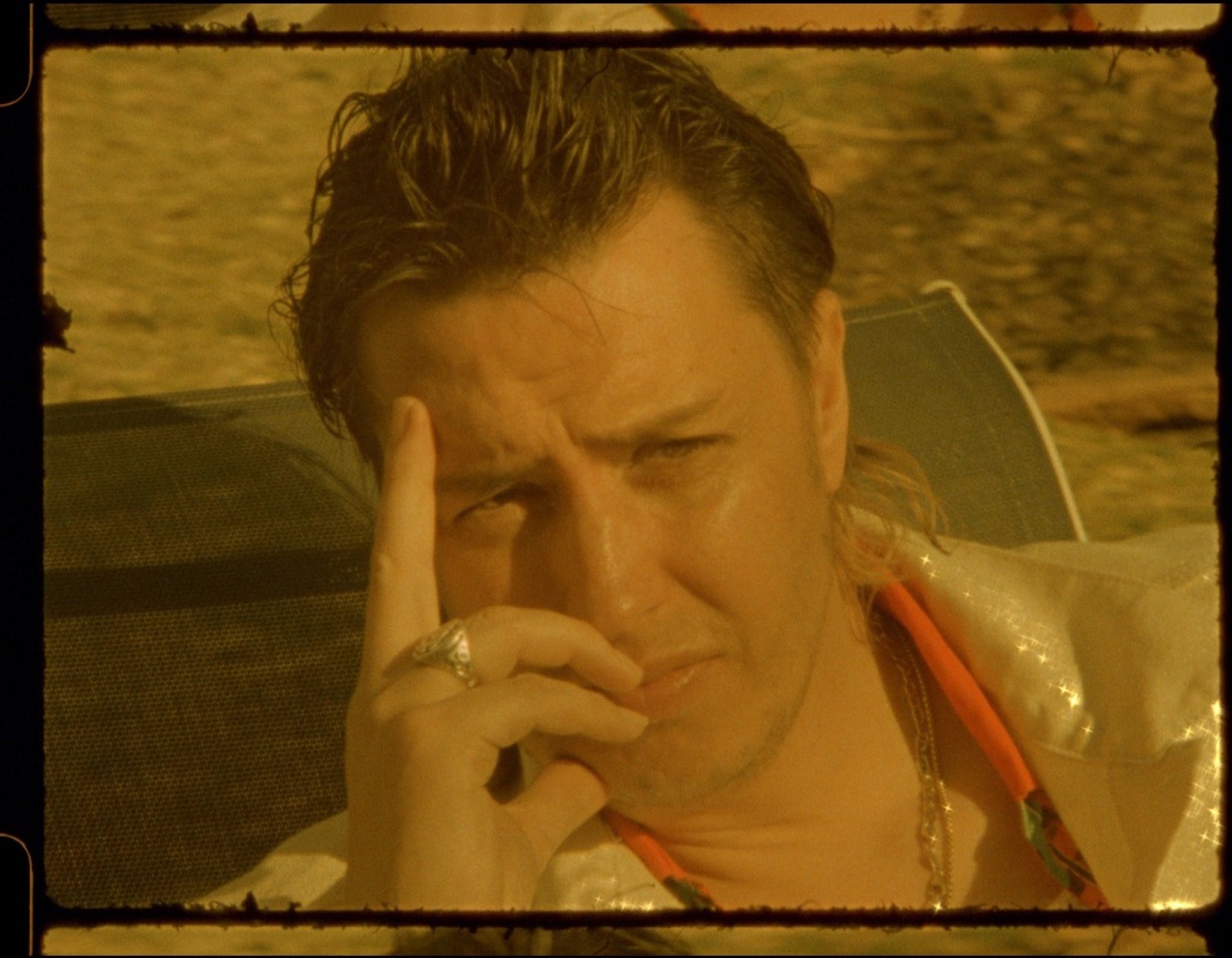
“I want the collection to live in all the worlds that I live in.”
What other references inspired your design approach?
The design approach was focused around references I’ve lived. One of the first components of building this brand was the logo. I’ve studied typefaces and how they really frame a brand and its aesthetic. I met up with David Rudnick just days before the Covid lockdown and we traded references for months. The constant reference points for the logo were found in 1950s American architecture, specifically Neutra’s office. I became obsessed with that font. Now I’m taking this interview from a Neutra-designed house with that font on the door while in a room with the same five-foot-tall B. Thom Stevenson painting that we put on the red shirt.
I grew up skateboarding and snowboarding, and my graphic placements go back to those days. Golden-era 1990s CCS catalogs and Toy Machine skate videos with Sonic Youth songs in the video parts. It’s one thing to reference skate culture, and it’s another to have really lived it and be able to naturally speak that language.
It’s definitely a different era and aesthetic than what you got involved in later through Kanye with Yeezy.
Those worlds aren’t as far apart as you’d think. When I speak about authenticity – I want the collection to live in all the worlds that I live in. This collection is self-referential in a lot of ways. For me, it transcends specific “eras” or “aesthetics.”
I see these two worlds represented in SEEKINGS by your choice of your first two models: Julian Casablancas and Kanye.
I initially planned to shoot the campaign using unknown models. But a few months ago, a publicist friend dismissed that and asked me, “Who is your ideal person? You get one shot at this first campaign.” I knew right away: it had to be Julian Casablancas. Top choice. Julian has always been one of very few style icons in my life – someone I’ve always thought epitomizes cool.
From that point on it was the only choice for the campaign. After calling in a favor to get connected to his team – and several months of meetings – we landed the campaign with [Casablancas’ band] The Voidz. The Voidz are one of the most important musical acts of our time – the biggest rock stars on the planet to me. Their music has this futuristic, alien, punk rock kind of vibe. I saw them in New York on their first tour and I was blown away. By now, people have seen the Julian images, but they’re part of a larger, ongoing collaboration with The Voidz. By the time people read this I’ll likely be in the middle of shooting the next part of the campaign with the band.
“If you don’t wear your own product, why make it in the first place?”
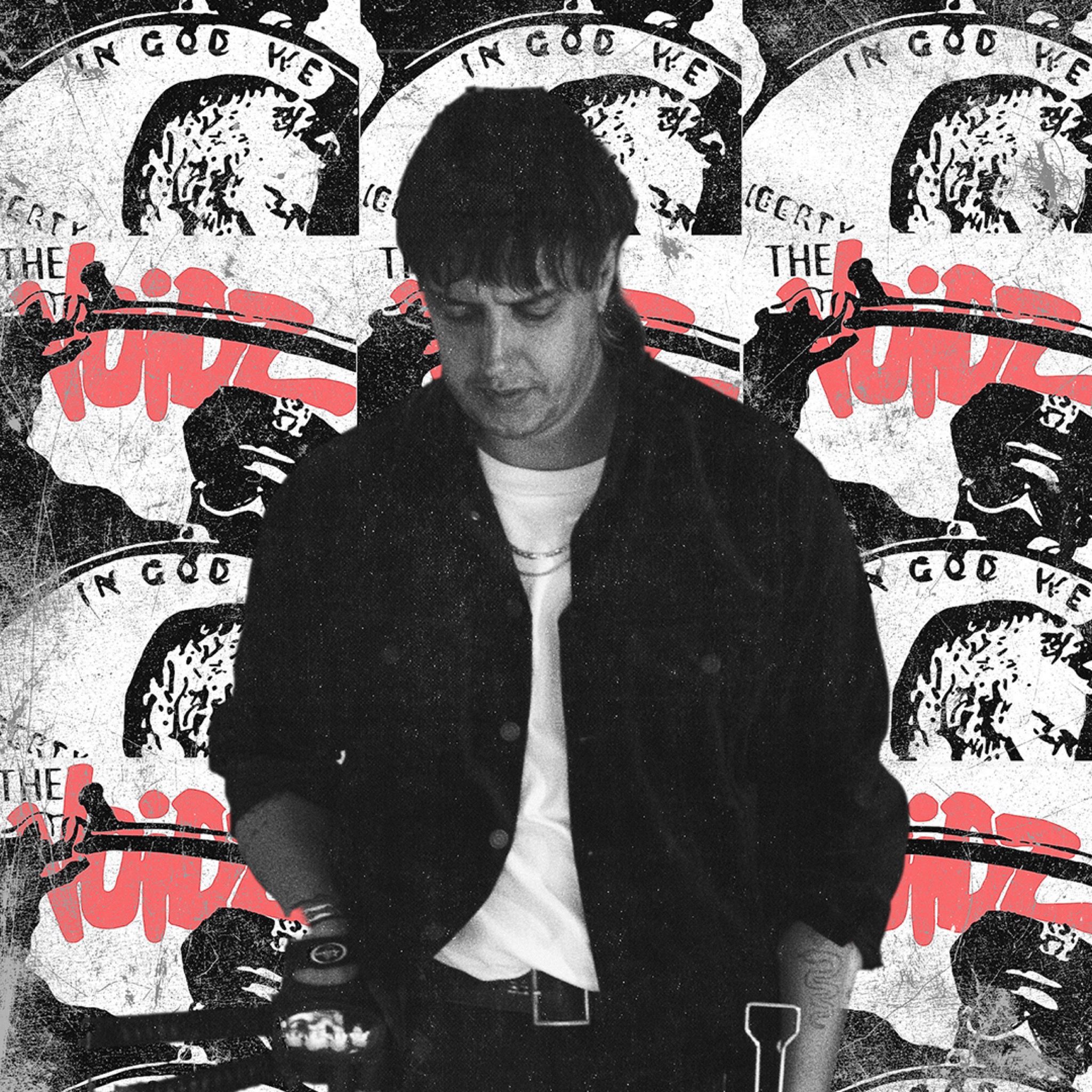
The childhood influence on the red hoodie, the skate and rock references from your teens – would you say nostalgia is an important vector for the brand?
I tend to be a very nostalgic person. I’ve been told that nostalgia can be a dangerous thing, but I think it’s important to find a balance between being open to what’s happening currently and finding the best of the past.
How do you compare your precise approach to the hype-oriented logic that drives how a lot of fashion production works?
Far too often, and especially with new brands in LA, there is a model people follow when launching: announce the brand with a single sample, put it on an influencer to build hype, put up the preorder, then produce it at the cheapest factory in town and let the kids who ordered it take the risk on quality and delivery.
I don’t take it lightly that a pair of my jeans may be a big investment to a kid out there. I’ve always been that kid – the one who would save up to buy the introductory price point item to feel like I was a part of a brand I loved – and there have been times in the past where I’ve felt cheated by an inferior product and let down. I remember those moments, and it’s been a constant goal with the product to make sure I don’t make people feel like that.
So spending customers’ money while they waited for factory delays was never part of this equation. I have always felt that if I don’t believe in myself, I can’t expect someone else to. That’s why I didn’t do a preorder model for the collection. All the product will ship when it’s ordered, because I paid for the production out of pocket. I took on all the risk so that kids don’t have to wait two months to get something they like. I want this product to feel like something that redefines quality in their wardrobe, something that they can live in. People seem surprised when I tell them that I’ve been wearing all my own stuff for a year, but I feel like if you don’t wear your own product, why make it in the first place?
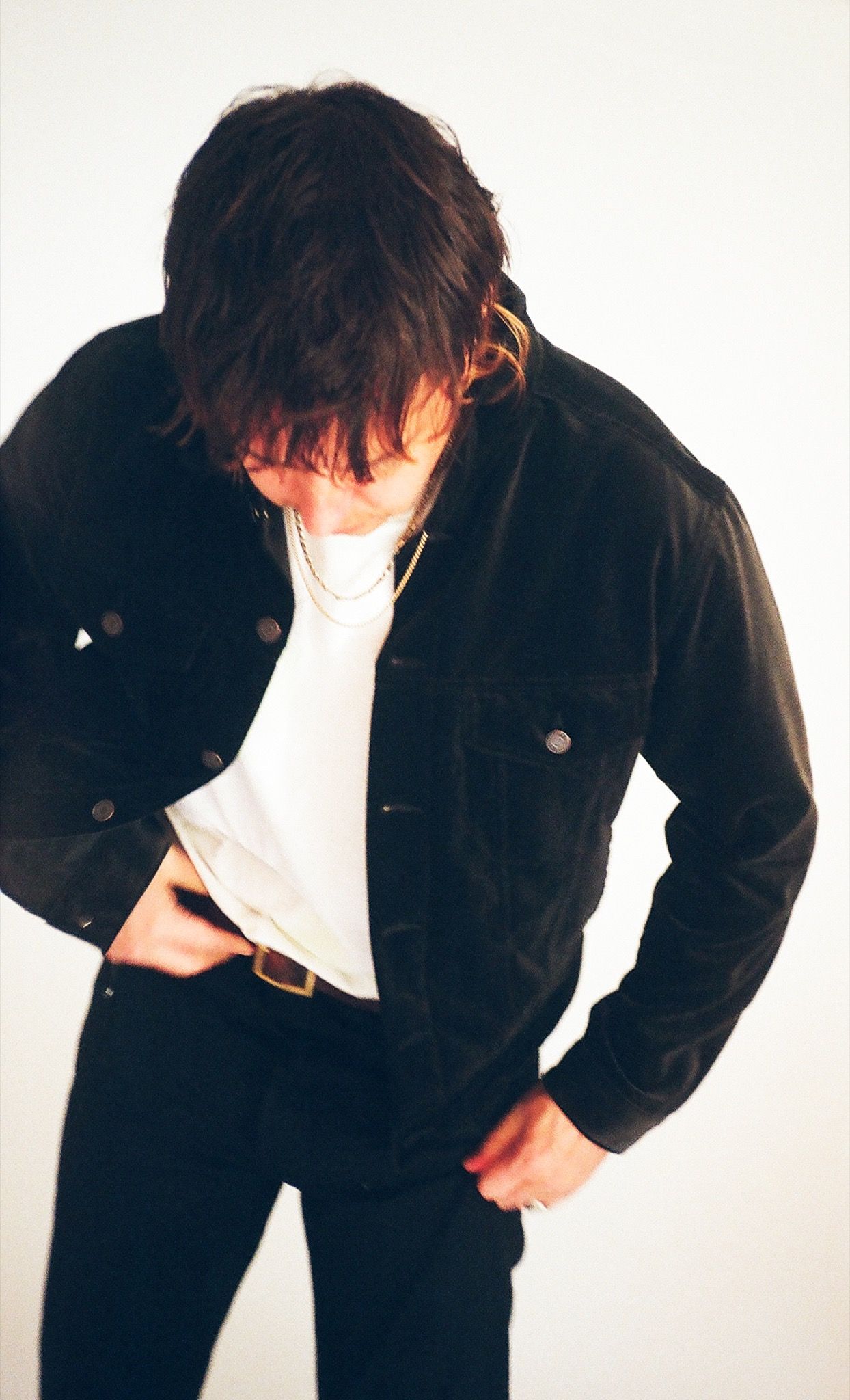
SEEKINGS is available from April 28, 2021. CLICK HERE for more…
& scroll for select product shots.
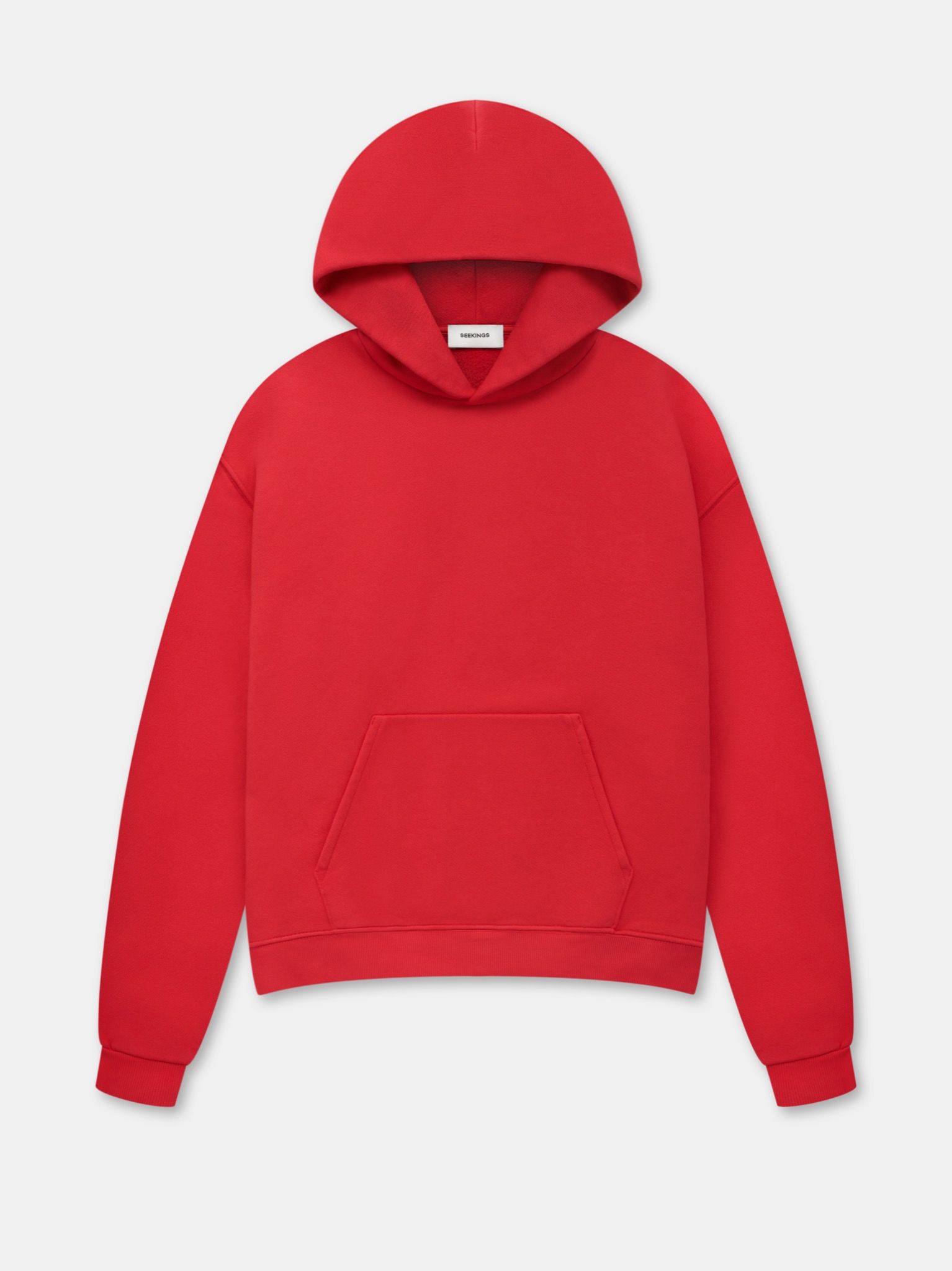
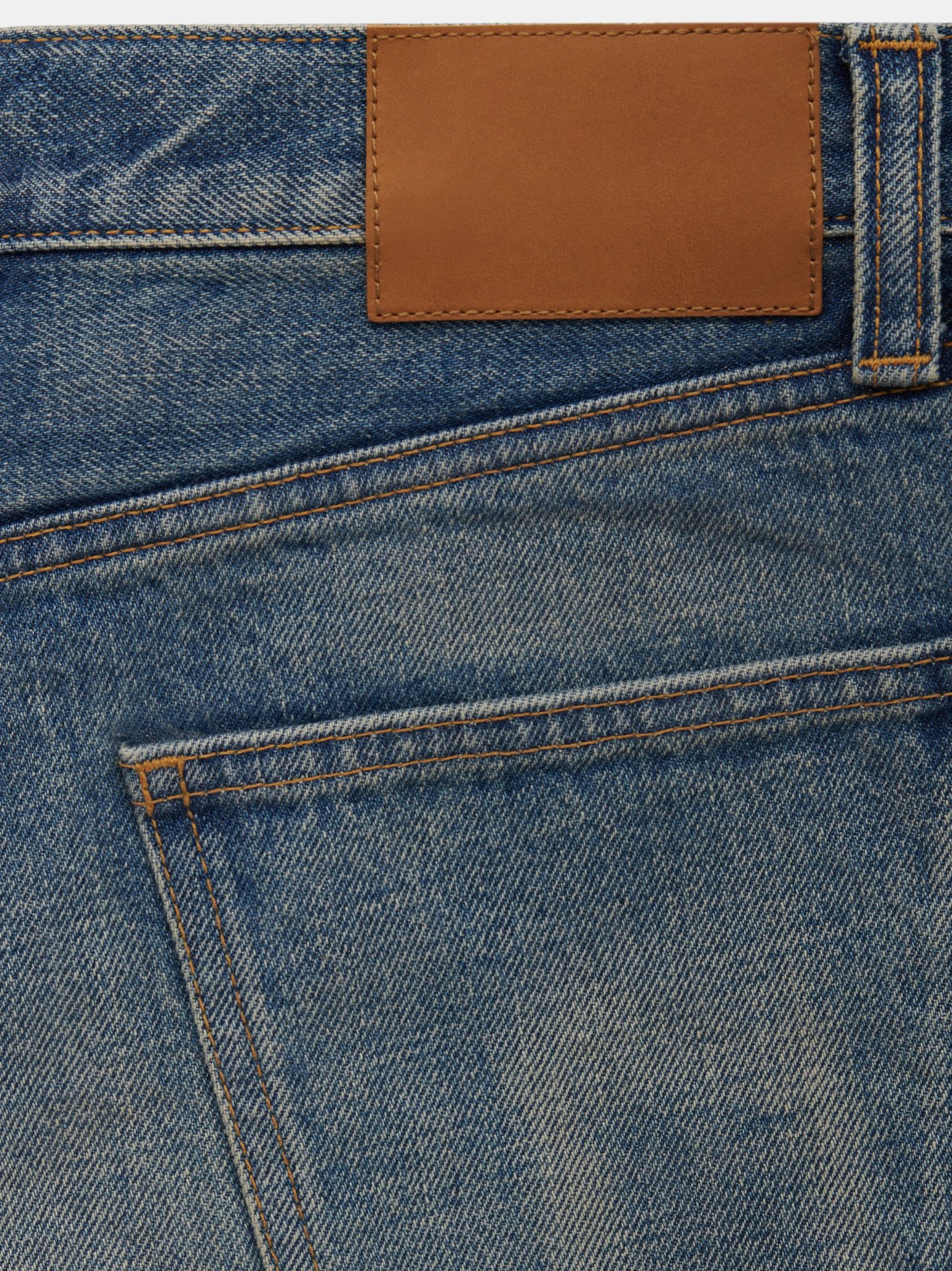
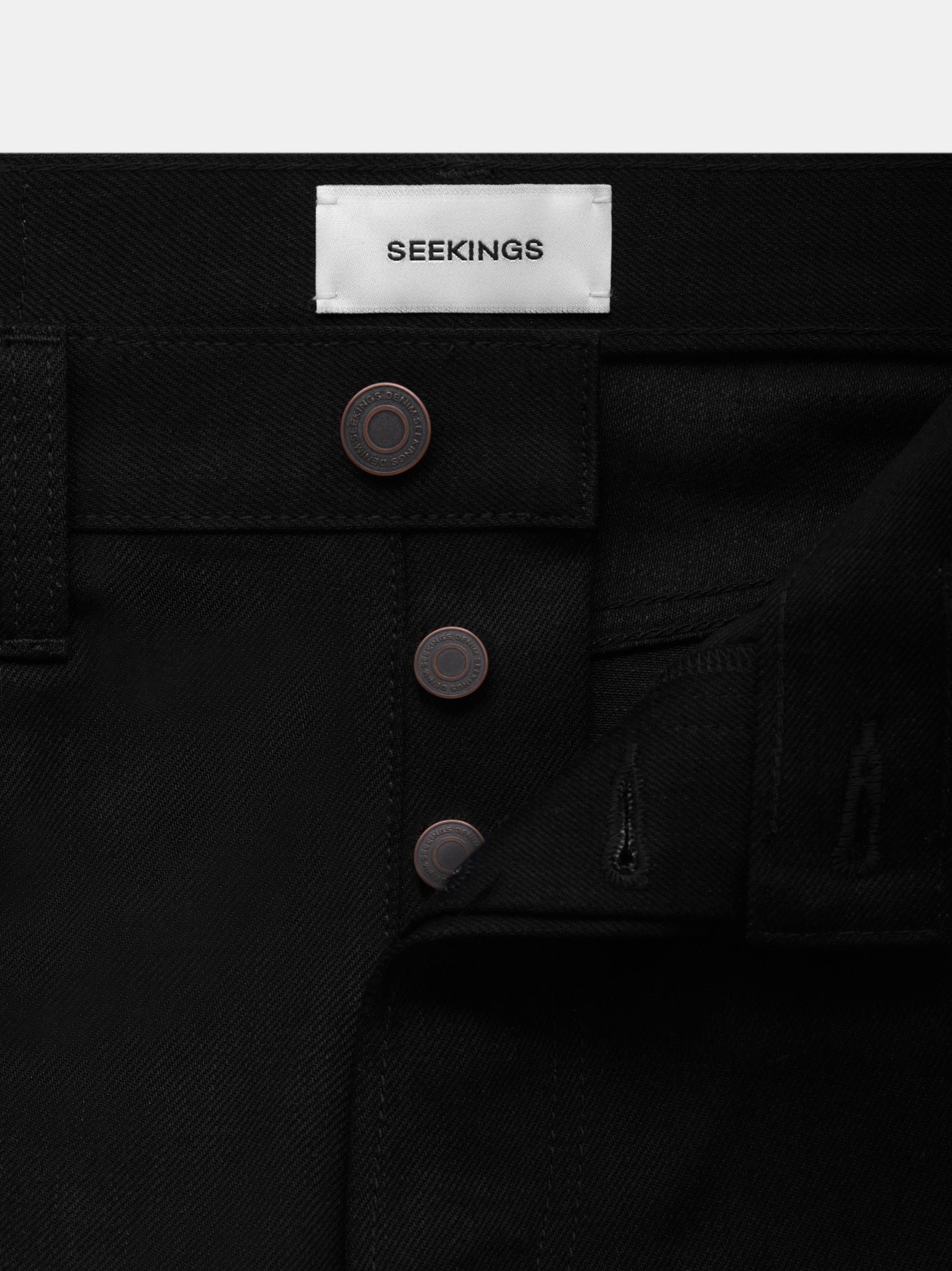
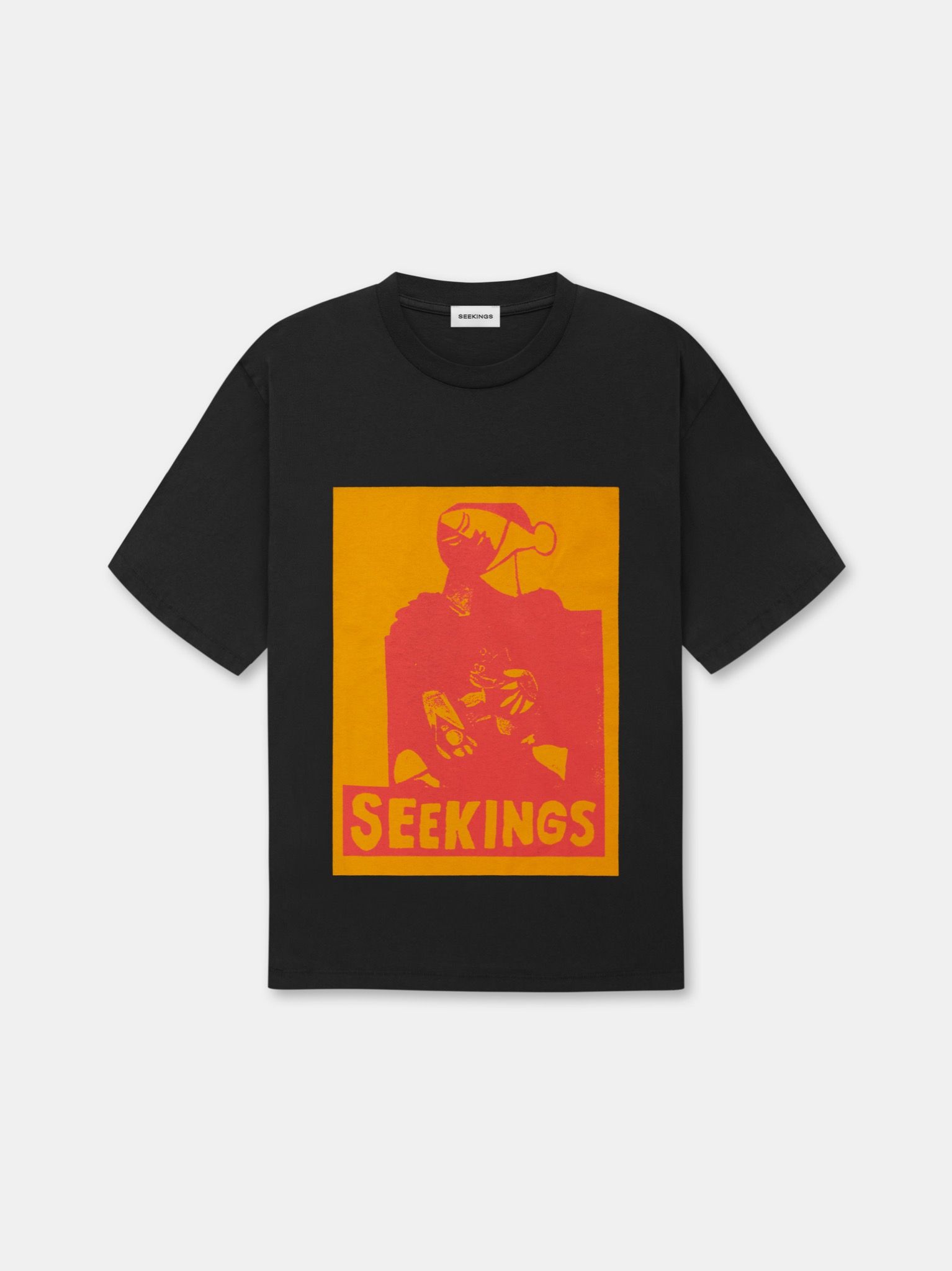
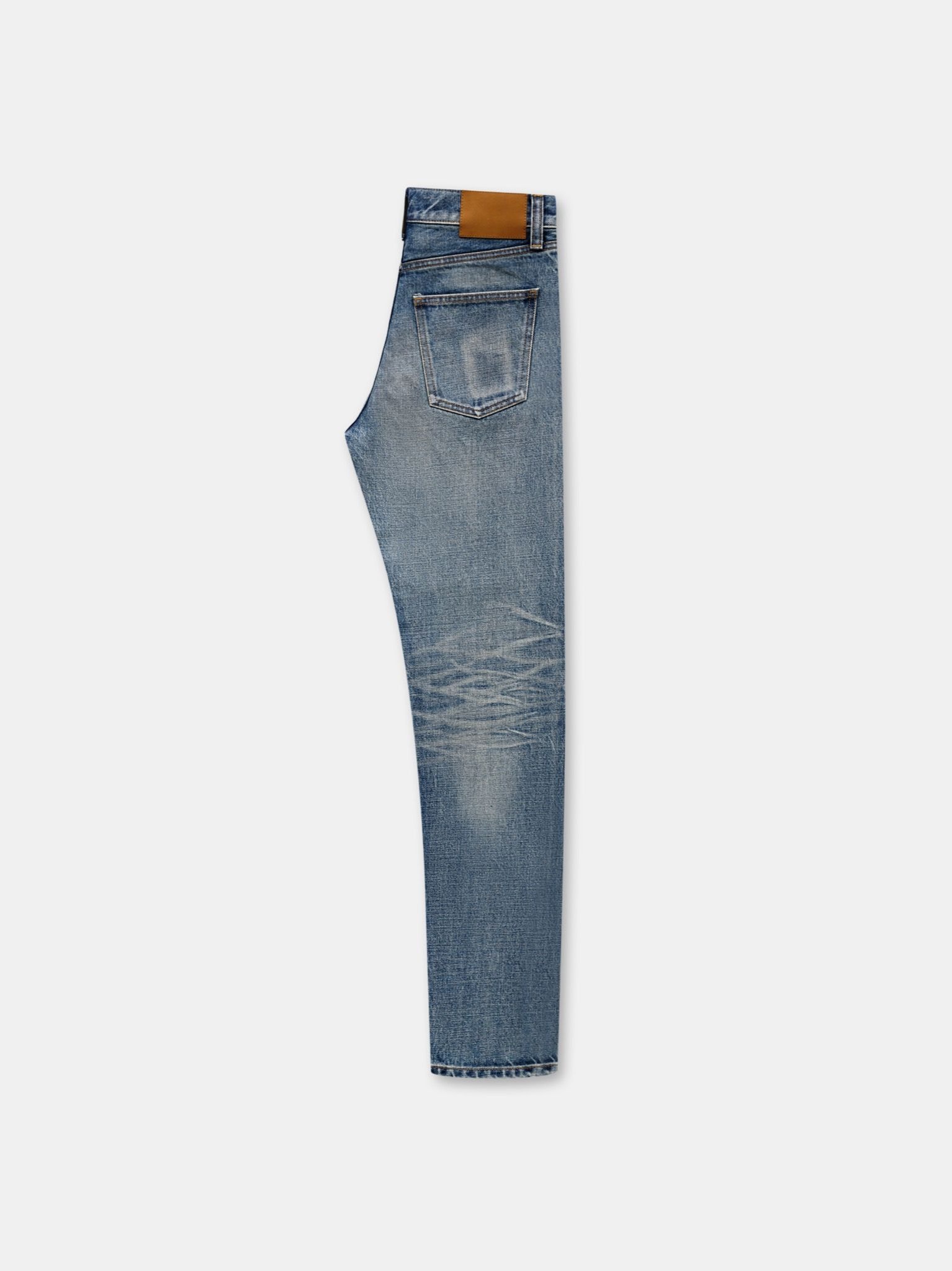
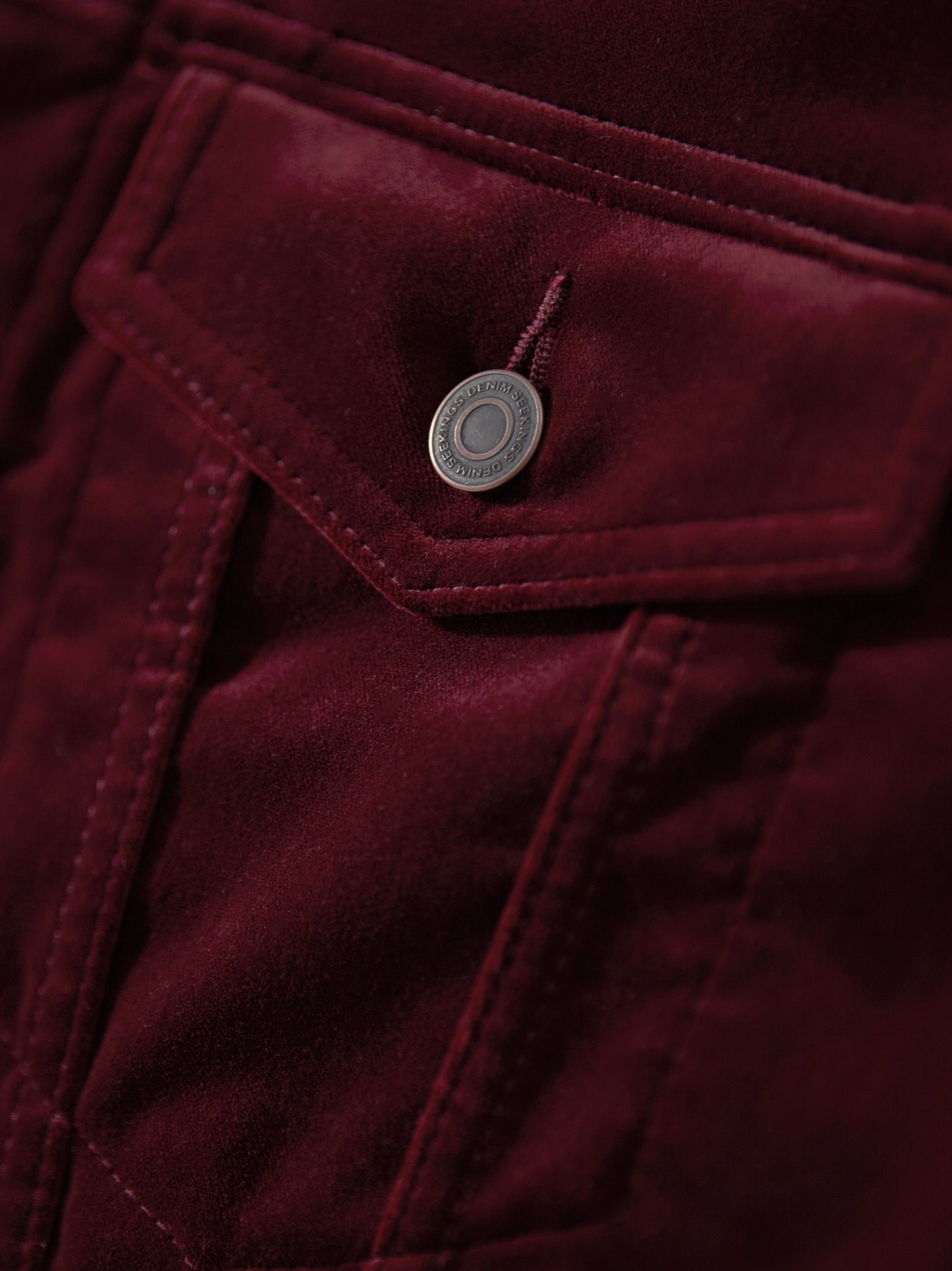
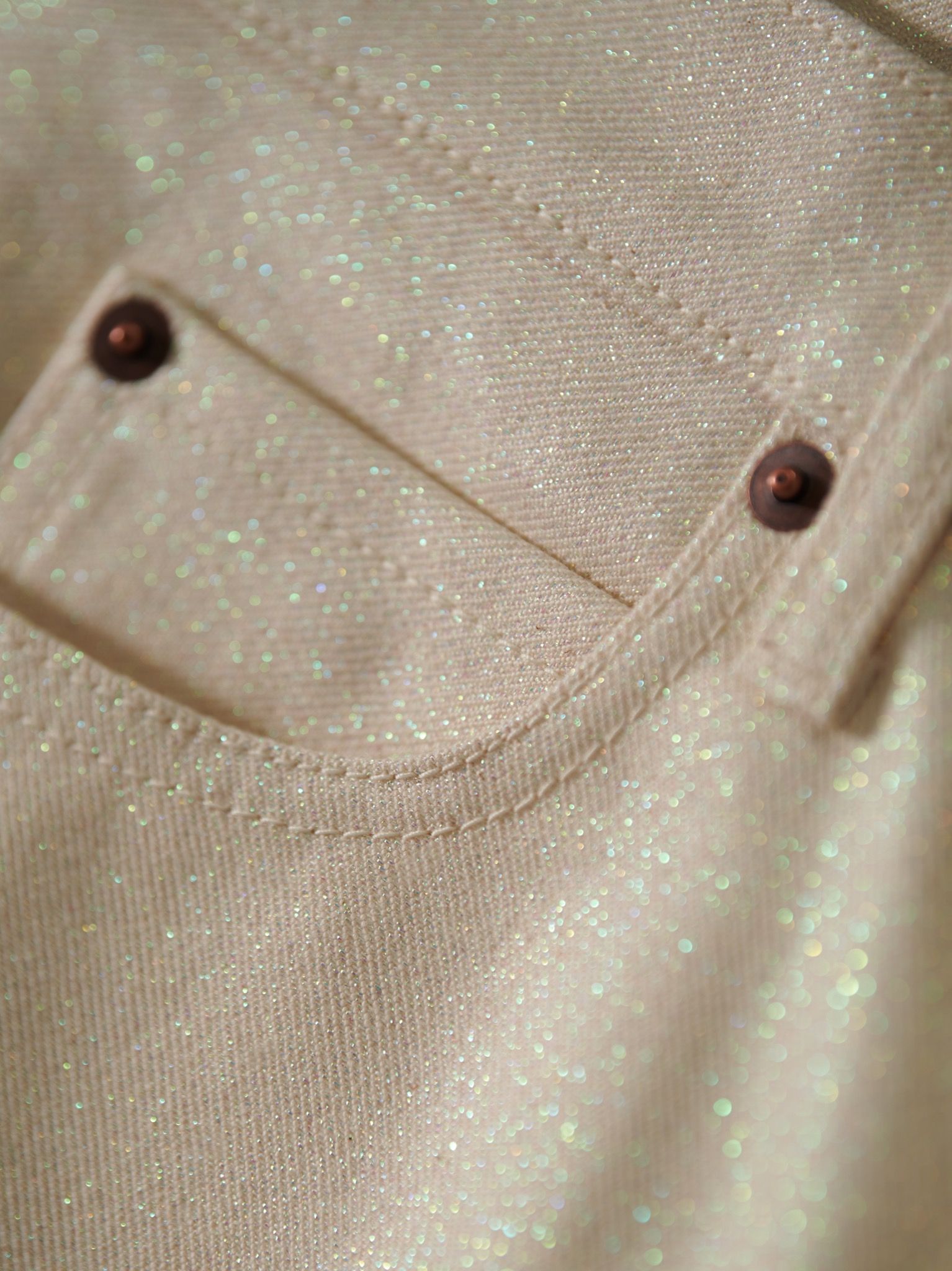
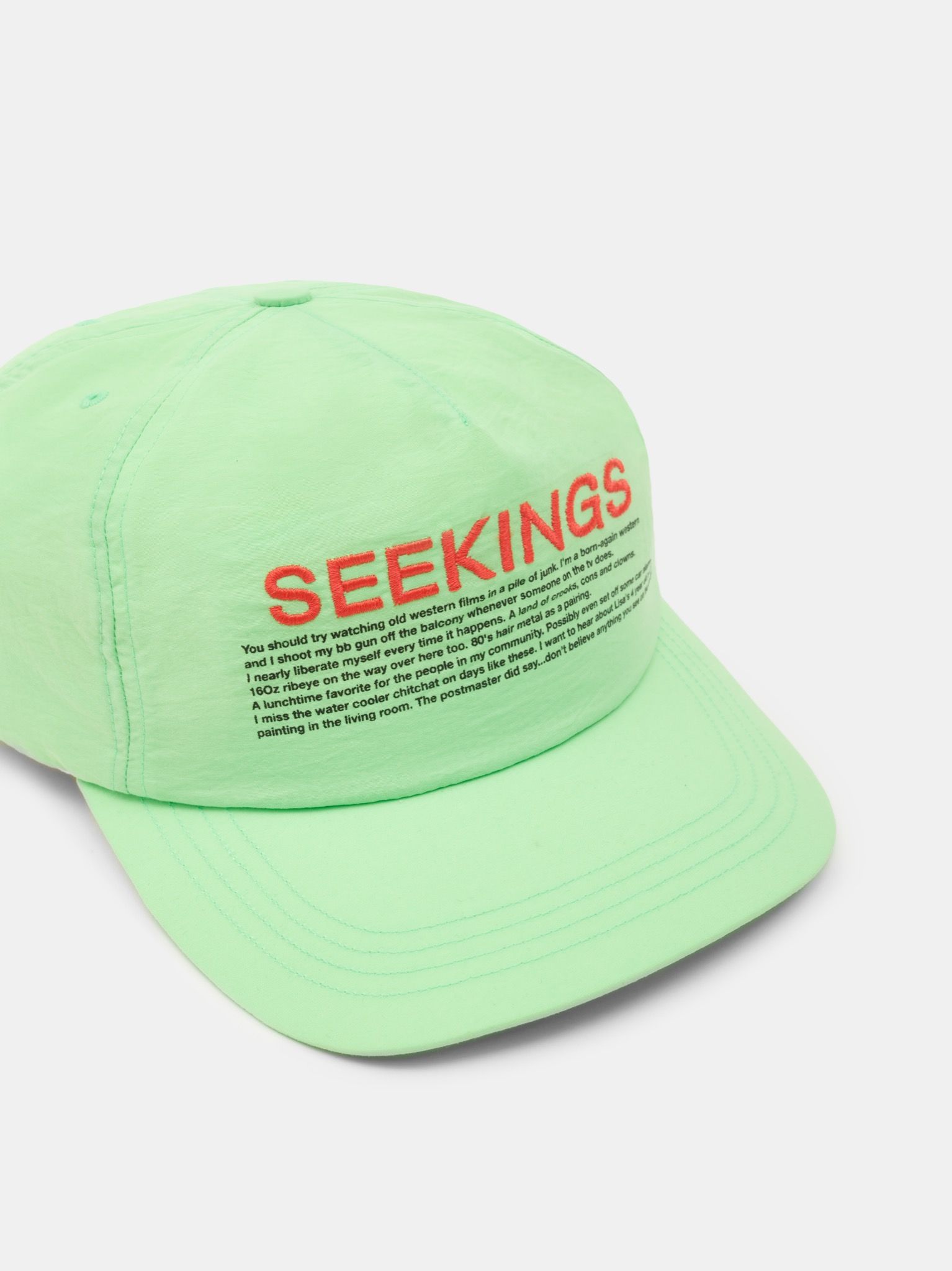
Credits
- Campaign Photography & Art: Johann Rashid
- Talent: Julian Casablancas
- Portrait: KJ Rothweiler
- All Images: Courtesy of SEEKINGS
